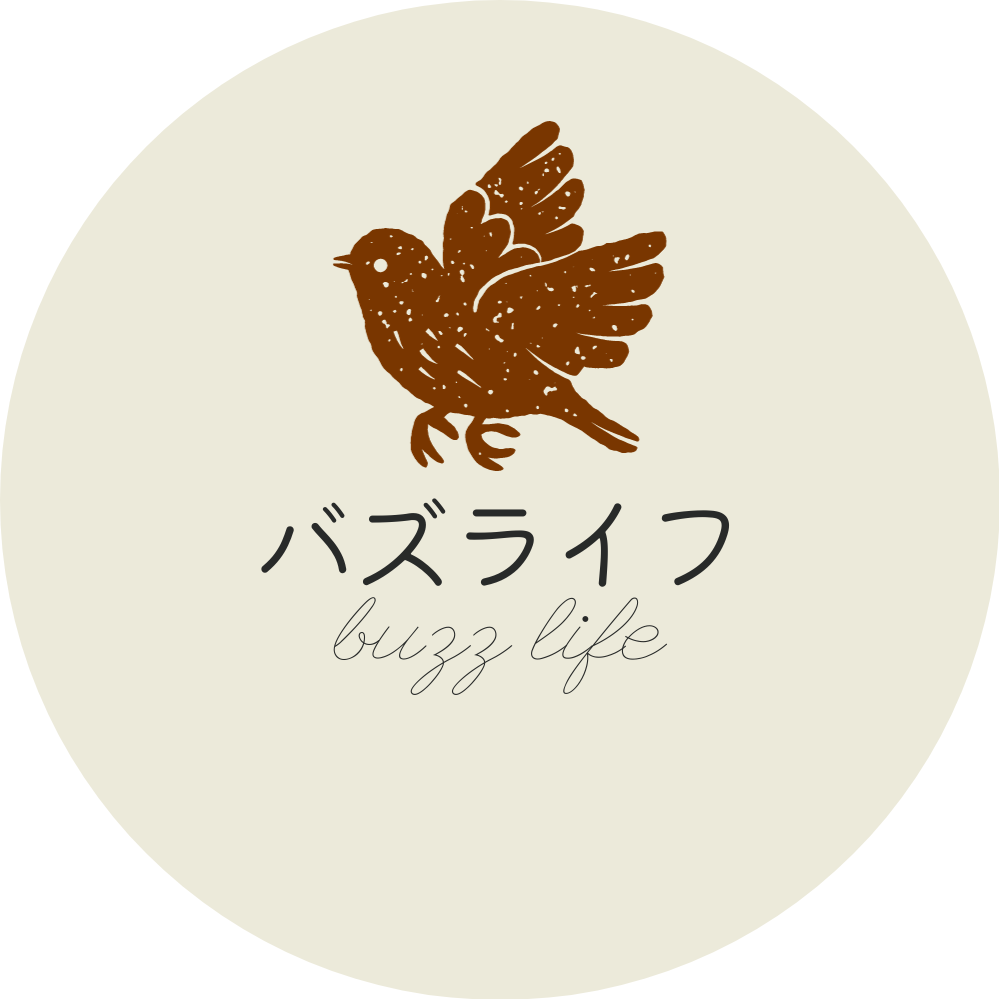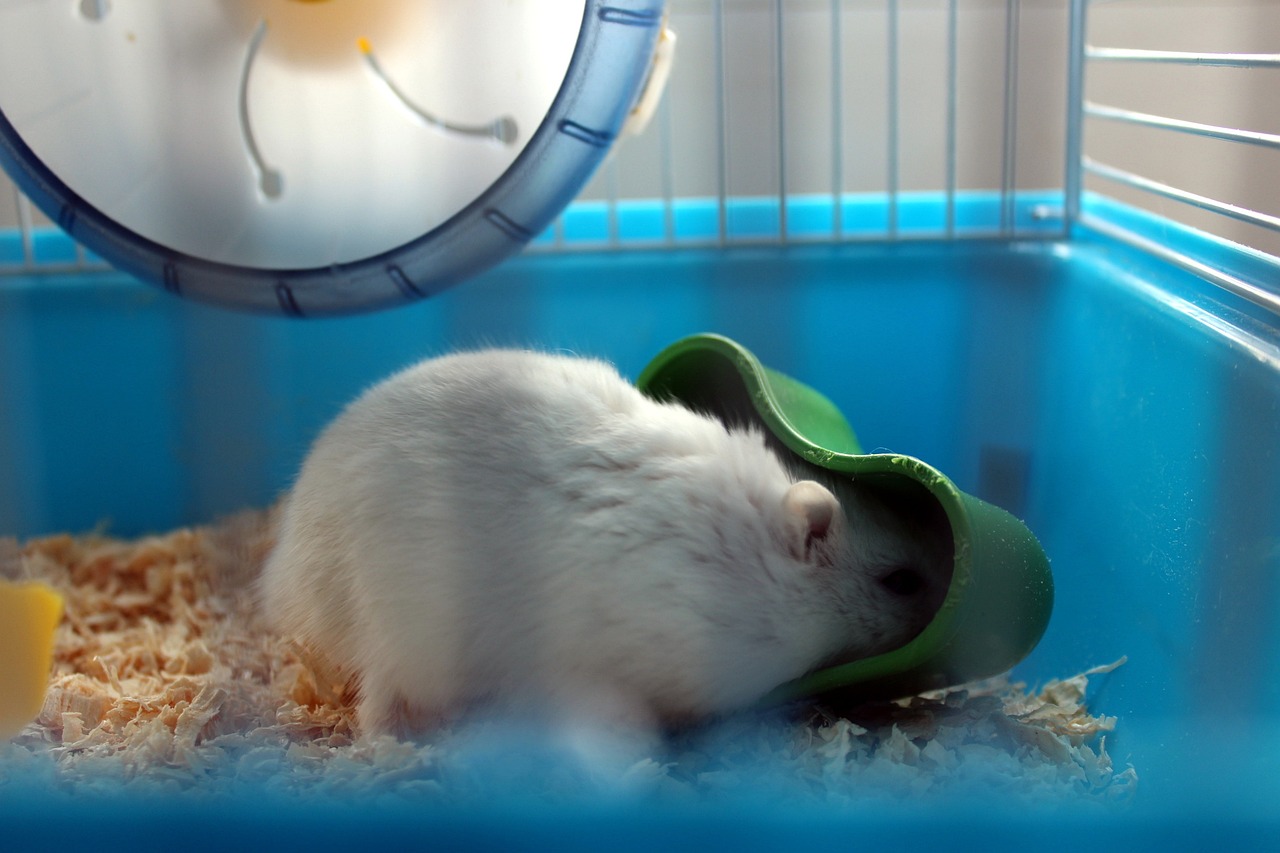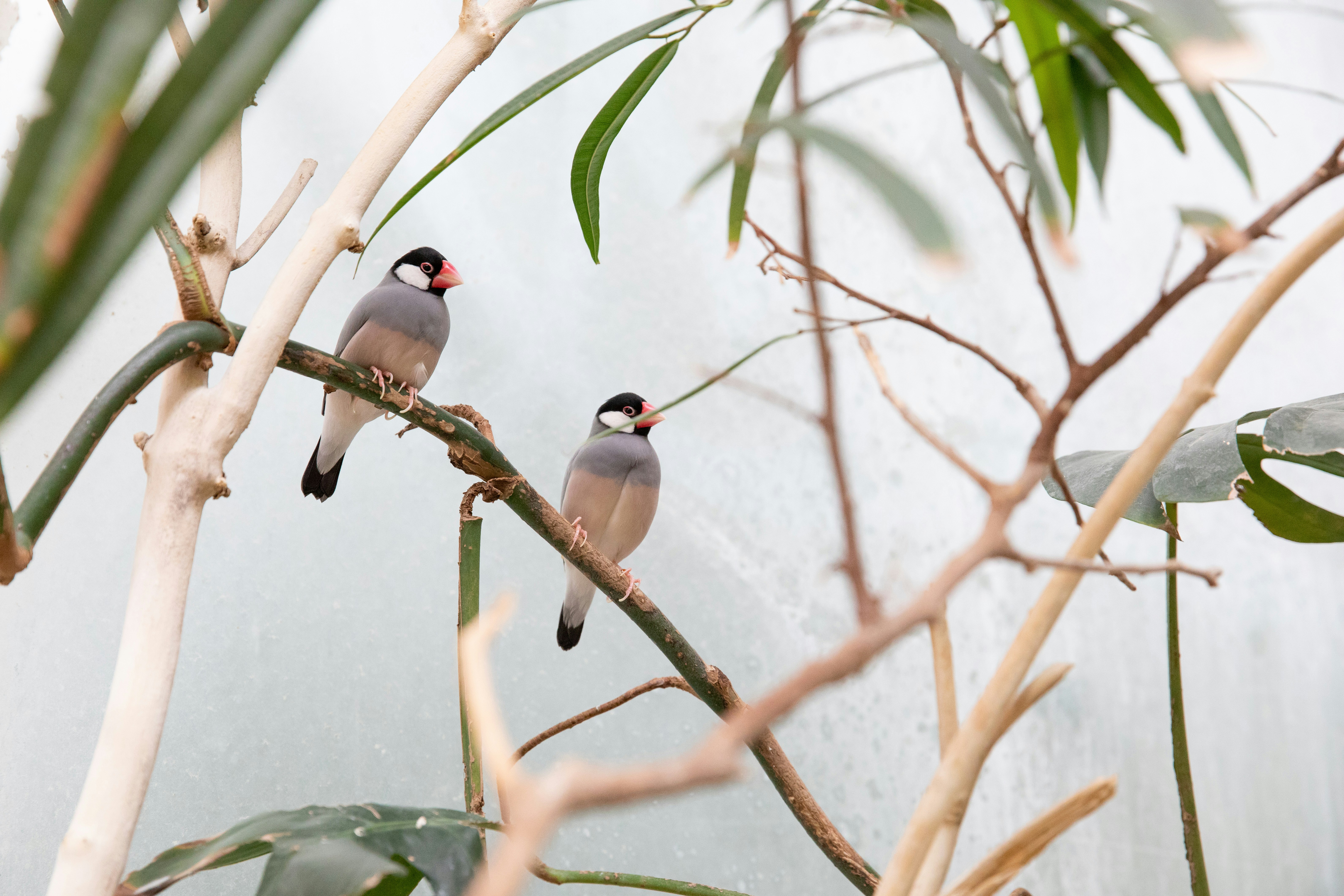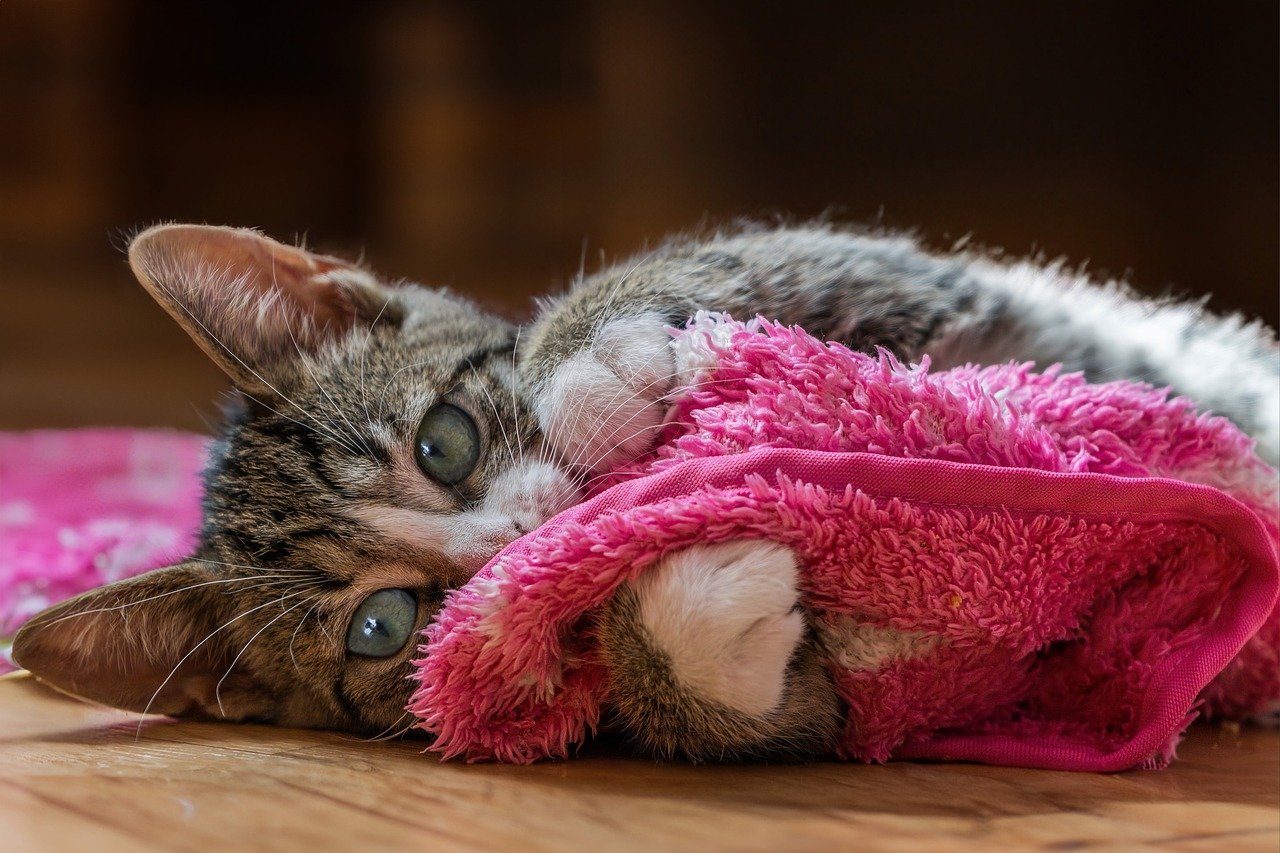Hypoallergenic Pet Guide for Children
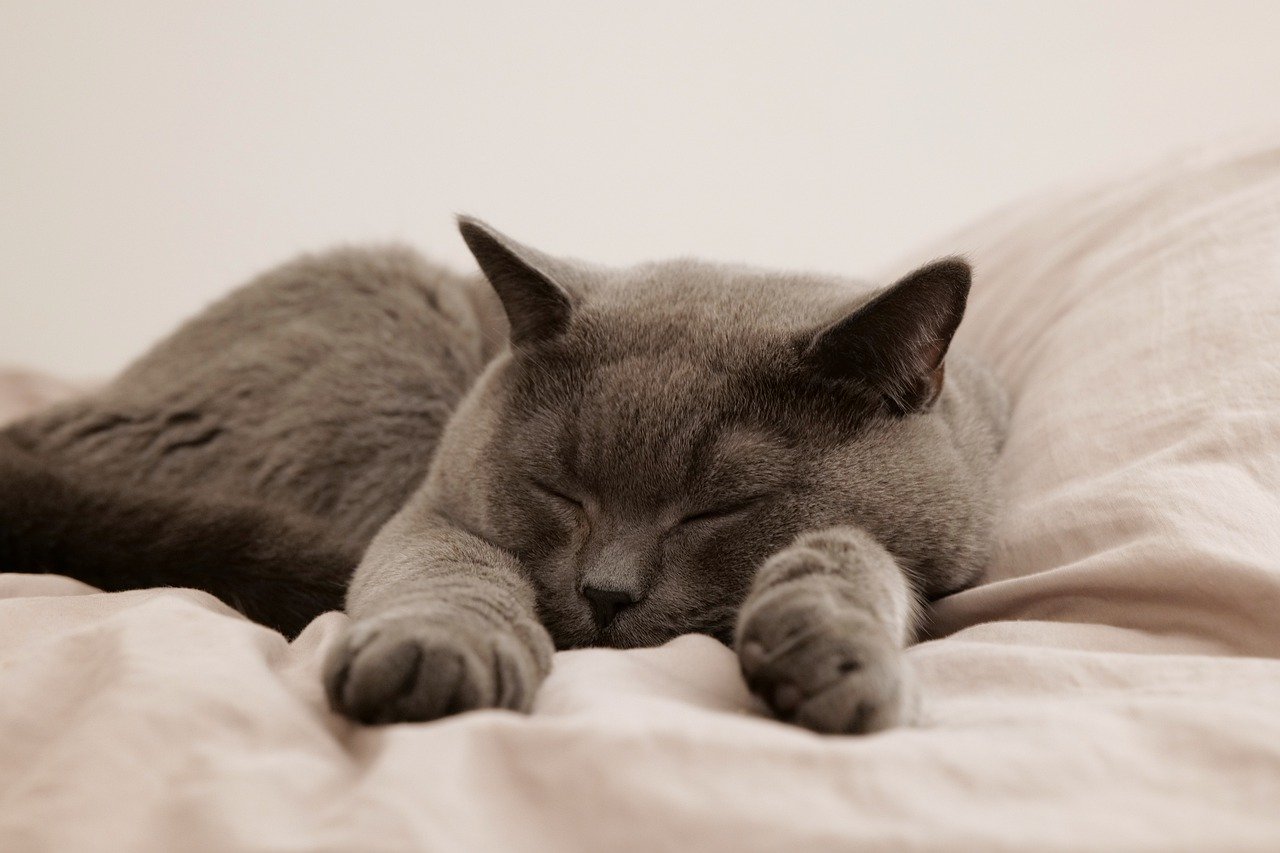
Is your child hoping to have a pet, but is he or she allergic to them?
Living with a pet can bring many benefits to a child’s development, but allergies may keep that dream from becoming a reality. But don’t worry. It is possible to choose hypoallergenic pets that are suitable for children with allergies. This article provides a guide for such families.
We will delve into the joys and health benefits that hypoallergenic pets can bring to children, as well as how they can encourage responsible and emotional growth. You no longer need to worry about allergies. Join us as we begin the journey of choosing the perfect pet for your family.
Hypoallergenic Pet Basics
Living with pets is a great joy for many families, but if you have a family member with allergies, special care must be taken in selecting a pet. This is why hypoallergenic pets are gaining attention. These pets have characteristics that make them less likely to cause allergic reactions and can be an ideal choice for people with allergies.
What pets have less allergic reactions?
Hypoallergenic pets refer to certain animals that are less likely to cause allergic reactions in humans. Such pets often have characteristics that make them less likely to produce allergenic hair, dander, or saliva. For example, certain breeds of dogs and cats are less likely to cause allergic reactions because they have less hair, are less likely to shed, or have less of certain proteins in their saliva.
How to choose a hypoallergenic pet
When choosing a hypoallergenic pet, it is important to consider the following
Identify allergens: Identify the cause of allergies in your family and choose pets accordingly.
Consult veterinarians and other experts: Seek expert opinions and advice on choosing the right pet.
Pet personality and living environment: Consider the pet’s personality and compatibility with the family’s living environment.
Benefits of hypoallergenic pets
1.Reduced health risks: Less allergic reactions reduce health risks.
2. contribution to children’s development: Less allergic reactions allow children to interact with pets in a safe environment, helping to foster emotional education and a sense of responsibility.
3. comfort in the home: Less allergic reactions help maintain comfort in the home.
Summary
Hypoallergenic pets are a great choice for families with allergies to enjoy life with their pets in peace. Understand how to choose the right pet and ensure a healthy and happy symbiosis for the whole family.
List of hypoallergenic pets recommended for children
The relationship between a child and a pet plays an important role in the child’s development. Pets can teach children love and responsibility and encourage emotional development. However, families with allergic children must be cautious in their choice of pet. Here is a list of hypoallergenic pets recommended for children.
1. Dog
Breeds with hypoallergenic characteristics are an easy choice for children with allergies. The following breeds are characterized by low hair or low shedding.
- ポーティッシュ・ウォーター・ドッグ:毛が密で抜けにくい。
- ビション・フリーゼ:柔らかくカールした毛質が特徴。
- ラブラドゥードル:ラブラドール・レトリバーとプードルのハイブリッドで、低アレルギー性。
Portish Water Dog: Dense hair that is hard to shed.
Bichon Frise: Soft, curly coat.
Labradoodle: a hybrid of Labrador retriever and poodle, hypoallergenic.
2. CAT
Some breeds of cats are less likely to cause allergic reactions. These cat breeds are known to have fewer allergenic proteins.
Siberian: has hypoallergenic hair.
Balinese: long hair but low allergenic.
Russian Blue: Short-haired breed known for low allergens.
3. small animals
Small animals are suitable for children with allergies because they take up less space and are relatively easy to care for.
Guinea pigs: Less hair shedding.
Hamsters: Small size and easy to care for.
Rabbits: Certain species are less likely to cause allergic reactions.
4. fish
Fish have a very low risk of allergens and are relatively easy to care for.
Goldfish: Easy to keep and free from allergies.
Betta (fighting fish): beautiful colors, can be kept in a small aquarium.
Guppies: small, colorful, and easy to keep.
5. birds
Birds can reduce the risk of allergic reactions by selecting species with low levels of feather dust.
Canary: small size and beautiful singing voice.
Finch: small and easy to keep.
Small parrots: relatively less likely to cause allergic reactions.
Summary
When choosing a pet, it is important to consider the child’s allergy status and the family’s living environment. By choosing a hypoallergenic pet, children can enjoy life with a pet without worry. However, before adopting a pet, be sure to consult with a physician and make appropriate preparations.
Creating a healthy relationship between hypoallergenic pets and children
The relationship between a child and a pet is more than just spending time together; it deeply affects the child’s physical and mental development. Particularly for children with allergies, hypoallergenic pets can bring safe, healthy joy into their lives. In this article, we offer some tips for building a healthy relationship between hypoallergenic pets and children.
1. Building security and trust
Hypoallergenic pets are less likely to cause allergic reactions, making it easier to build a secure and trusting relationship with the child. Children can naturally interact with and develop affection for pets without fear of contact. This sense of security also contributes to the child’s psychological stability.
2. Cultivate a sense of responsibility
Through pet care, children learn responsibility. Hypoallergenic pets allow children to take a more active role in caring for their pets because they are less likely to be allergic to them. Routine care, such as feeding, brushing, and walking, is an important educational experience for children.
3. Emotional growth support
Interacting with pets helps children grow emotionally. Children learn empathy and express affection through communication with their pets. Hypoallergenic pets are less likely to cause allergies, allowing children to bond with their pets in a more relaxed manner.
4. Increased health awareness
Living with a hypoallergenic pet gives children the opportunity to increase their health awareness. Through pet health care, children learn the importance of nutrition and exercise. Exercise and outdoor activities with pets also have a positive impact on a child’s physical health.
5. Strengthening Family Ties
Hypoallergenic pets are a joy for the whole family and strengthen family bonds. Through the relationship between the child and the pet, the entire family participates in the care and play of the pet, making it a shared experience within the family. This shared experience promotes communication among family members and brightens the atmosphere in the home.
summary
Hypoallergenic pets are a safe choice for children with allergies and have many positive effects on their physical and mental development. Hypoallergenic pets play a very important role in supporting a child’s healthy development. When choosing a pet, it is important to keep these points in mind and put the child’s health and happiness first.
Points to keep in mind when choosing a hypoallergenic pet
If you have a family member with allergies, careful consideration should be given especially when choosing a pet. Hypoallergenic pets offer many options, but there are several important aspects to understand and keep in mind in order to choose the best pet. Here are some key considerations when choosing a hypoallergenic pet.
1. Confirmation of allergic reaction
Conduct allergy testing: In order for an allergic family member to live comfortably with their pet, it is important to first identify the cause of the allergy. Allergy testing should be performed to confirm reactions to specific animals.
Pet contact testing: It is also helpful to actually come in contact with the pet to see if an allergic reaction occurs. If possible, contact testing at a pet store or breeder is recommended.
2. Improvement of the living environment
Improve the home environment: Pet hair and dander can cause allergies. Keep the home clean, use air purifiers, and clean regularly.
Provide a dedicated space for pets: Pets should have their own space so that they do not affect other family members with allergies.
3. Choosing the Right Pet
Types of hypoallergenic pets: Pets generally considered hypoallergenic include certain breeds of dogs, cats, and small animals. Different pets and breeds have different allergic reactions, so gather detailed information in advance.
Pet Personality and Child Compatibility: The pet’s personality and activity level will also affect its compatibility with children. It is important to select a pet that the child will feel comfortable with.
4. Consultation with a veterinarian or specialist
Expert advice: It is recommended that you consult a veterinarian or pet expert for advice on choosing the right pet for your family. Understanding long-term care: Pet ownership requires a long-term commitment. Consult with an expert on health care and day-to-day care.
summary
When choosing a hypoallergenic pet, many factors must be considered, from checking for allergic reactions to living environment, selecting an appropriate pet, and consulting with a specialist. Keep these points in mind and be sure to select a pet that is comfortable for the entire family.
Real owners’ experiences: living with hypoallergenic pets
Welcoming a pet into the family brings many joys, but when you have a family member with allergies, the choice can be complicated. Here are some of the things real pet owners have experienced and learned through living with hypoallergenic pets.
1. Living with an allergic child
Our family had almost given up on pets after learning that our son was allergic to dogs. However, we decided to adopt a Labradoodle, a hypoallergenic breed. Living with him has been a great joy for our son, and he has shown very few allergic symptoms.”
2. Benefits of hypoallergenic pets
Our Labradoodle is an ideal pet for the whole family. He has very little hair and is easy to clean. My son plays with him, which helps him develop a sense of responsibility and empathy.
3. Devices in daily life
「With hypoallergenic pets, we have added several innovations to our daily routine. For example, we have created a dedicated space for our pets and make sure they are groomed regularly. This makes life more comfortable for the whole family.」
4. Allergy Management Awareness
「Before we got the pet, we were concerned about our son’s allergies, but with the advice of veterinarians and experts, we were able to choose the right pet. We continue to have regular allergy tests and pay special attention to his health care.」
5. Pets as Family Members
「To us, he is not just a pet. He is a member of our family. We feel that he has brought our family closer together and our children have grown emotionally!。」
summary
These testimonials demonstrate the many benefits of welcoming a hypoallergenic pet. They show that with proper preparation and care, even families with allergies can achieve an enriched life with their pets. The experiences of actual pet owners will be a valuable reference for families who are considering adopting a pet. Throughout this article, we have explored the importance of hypoallergenic pets in the healthy coexistence of children and pets. Here, we revisit the main points of the article and emphasize the importance of building a healthy relationship between children and pets.
Emphasis on the importance of healthy coexistence between children and pets
The relationship between a child and a pet can contribute significantly to the child’s emotional growth, the development of a sense of responsibility, and socialization. By choosing a hypoallergenic pet, even children with allergies can develop a rich relationship with their pets. Pets are more than just animals; as members of the family, they play an important role in a child’s development. With proper knowledge and preparation, living with a hypoallergenic pet can be a great joy for the family. We hope this article will be a useful resource for families considering whether to adopt a pet. Let’s have a wonderful time together, and let’s make sure that our children and pets live together in happy harmony.
